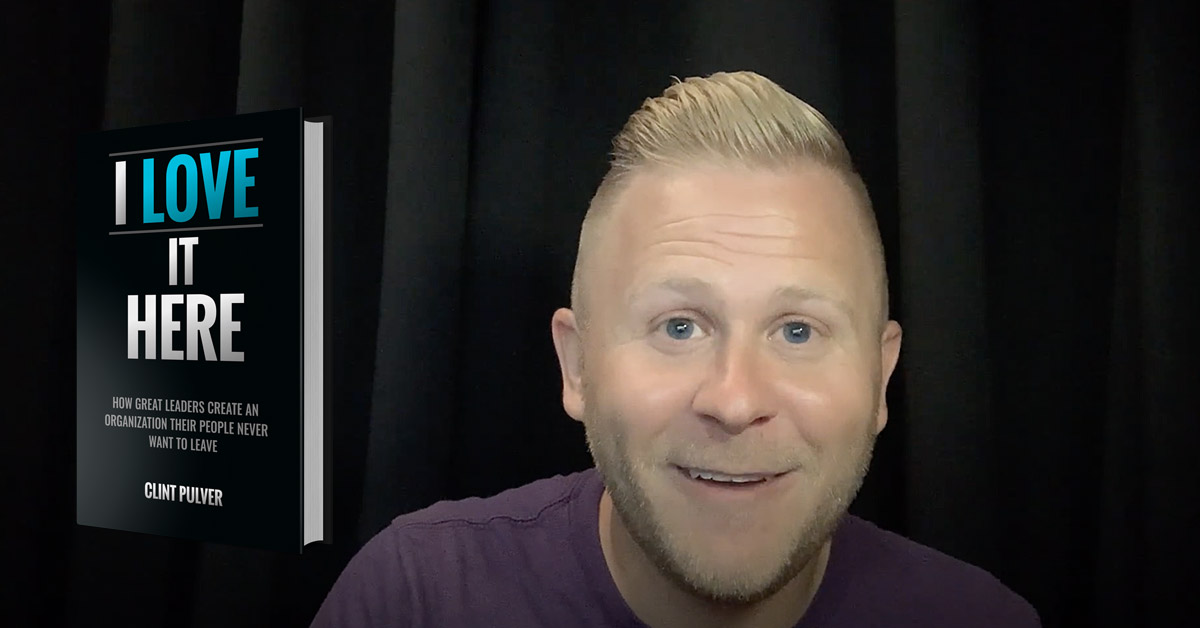The 3 Questions You Need to Ask Your Employees Right Now
So here’s kind of a sad story? One day a talented employee gets hired at a business, and she’s full of excitement about the future. But over the weeks and months that promise doesn’t pan out, and she starts to feel stuck. Finally, she’s had enough—she hands in her notice. And on her last day, her manager invites her into his office, sits her down, and asks her a question that comes way too late. He asks her, “What could we have done to keep you here?”
Tragic, right? I see it all the time, and it breaks my heart! The absolute worst moment you could ask an employee what they want in their life is at an exit interview. It’s like a hospital keeping its heart monitor in the morgue. The best companies we’ve worked with are checking their employee’s vitals all the time, before they get tired of their job. And they don’t just do it with stuffy performance reviews that are more about what the company wants than what the employee wants. They do it with a status interview. This is one of the best practices I’ve seen for consistently maintaining an accurate measure of how your employee is feeling and what they need to perform at their best. And it has three specific elements that might seem in conflict but aren’t: it’s informal, it’s in-the-moment, and it’s comprehensively planned and targeted.
The Status Interview
- Informal
- In-the-moment
- Planned and targeted
Done well, a status interview is not about the company; it’s about the employee: the focus is on being an advocate, and asking what they need and what you can do for them. You need to get the information that will help you plan a route forward, and we’ve found that the most effective way to do that is with three very specific questions: “What can we do to keep you here?”; “What’s getting in the way of you reaching your maximum success?”; and “How can I help you get where you want to go?”
The Status Interview Questions
1. “What can we do to keep you here?”
2. “What’s getting in the way of you reaching your maximum success?”
3. “How can I help you get where you want to go?”
Each one of these questions achieves a different goal, and has to be approached in a specific way. Let’s take the first one: “What can we do to keep you here.”
This is how you acknowledge your employee’s value: that you appreciate what they bring every day. Set them at ease by pairing this question with some vocal praise, like, “Hey, you’re really important to this company, and I want to make sure that you’ve got what you need to be successful. What can we do to keep you here?”
1. “What can we do to keep you here?”
- Inspires loyalty and trust and value
- Pair with vocal praise
Asking this question before there’s a problem inspires loyalty and shows them they matter—and adding in that praise lets them know right away that this isn’t a conversation about a problem.
Then that next question shows your employee that you’re invested in boosting their skills and getting them to their goals: “What’s getting in the way of your maximum success?” Here’s what you’re really asking: What skills do you want to learn? How’s your schedule working out? Is anything going on with your health or your family that might be causing you stress? And, most importantly, what can I do as your manager to connect you with resources and get you past those obstacles?
2. “What’s getting in the way of you reaching your maximum success?”
- Shows support for an employee’s goals
- Pair with offers of help, training, or resources
- Then, you cap it off with the kicker: “How can I help you get where you want to go.”
As a leader and a mentor, your job is to connect your people to their dreams, even if those dreams have nothing to do with their work. Asking an employee how you can help them get anywhere they want to go in life demonstrates to them that you are their advocate. Showing support for an employee’s personal projects actively taps into their excitement. It will re-engage that person, so they can bring that energy and incorporate it into their work. And the beauty of knowing what your employee wants is that you can play to those strengths, and find opportunities within the company to that will move them further toward those dreams.
3. “How can I help you get where you want to go?”
- Demonstrates advocacy
- Pair with help in finding opportunity
But there’s one more critical element to the status interview that you cannot forget—and that’s a relationship that can bear the weight of truth. Your employees need to know that they can tell you what they’re really feeling without risking any anger or retribution from you. You can’t create that kind of strength and confidence just in that moment—you build it over time, through all those little daily deposits of trust that you’re making with your people. It’s true that some employees will never tell you the complete truth, but even then, I promise you that it will have so much meaning that you at least asked, and that you asked authentically and with open intentions. Just remember that this is not your moment to criticize or bring up performance issues. This is support—a check-up, a heart monitor. You’re looking to create that healthy stability, and you’re taking action if you spot any sign that things aren’t great.
So today I want you to look at your schedule for the month ahead, and slot in time for a status interview with every one of your employees. Ask those three questions, pair them with praise, and figure out how you can support their dreams now, even if it seems like everything’s fine. Because an employee’s last day on the job is absolutely the wrong time to find out what could have done to keep them in your company.





